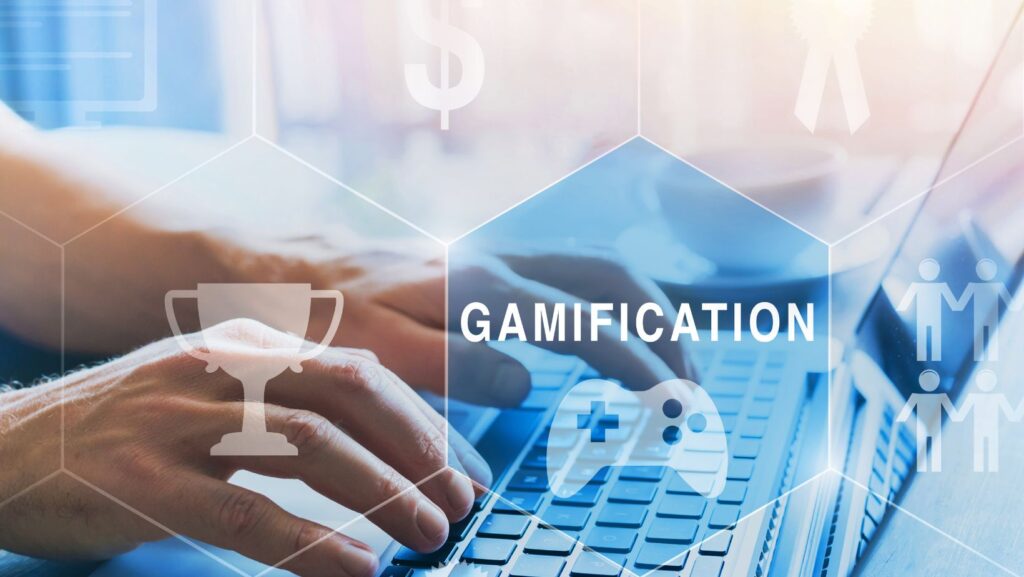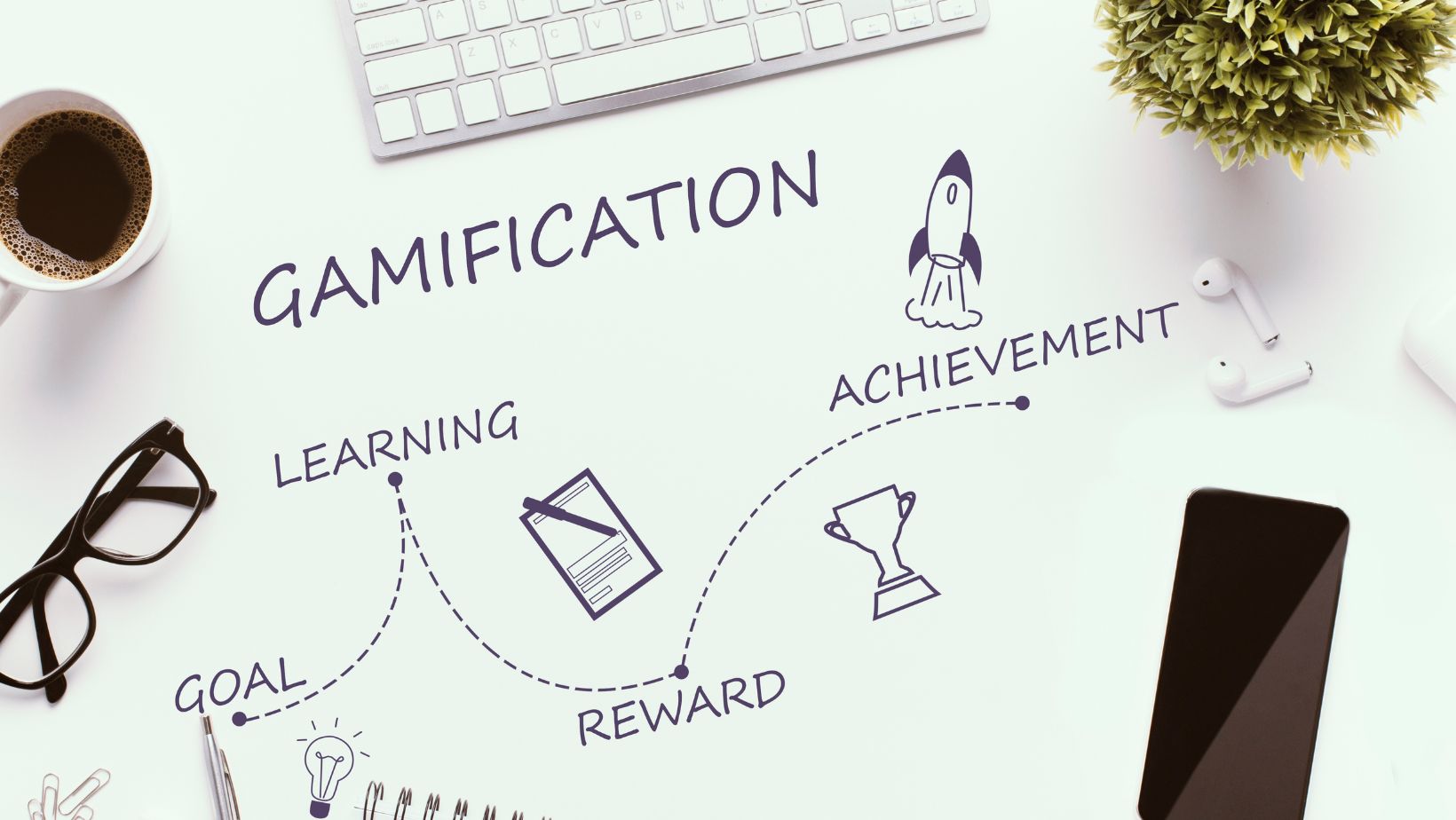
Gamification has steadily evolved from a niche concept into a mainstream strategy, permeating various sectors, including workplaces, gambling, marketing, and education. Today, gamification transforms how organizations and individuals engage with technology, making interactions more enjoyable and effective.
Here, we explore the current and prominent gamification trends shaping these fields and how they are being implemented.
Gamification in the Workplace
In 2024, gamification in the workplace has become a critical tool for enhancing employee engagement and productivity. Companies leverage gamification to motivate employees, build team collaboration, and improve training programs.
Businesses can make mundane tasks more engaging and rewarding by integrating game-like elements such as leaderboards, badges, and point systems.
One significant trend is the use of gamified performance tracking. Employees can set goals and track their progress in a visually appealing and often interactive manner. This not only boosts motivation, but also provides management with valuable insights into employee performance.
Additionally, gamified onboarding processes are becoming popular. New hires are introduced to company culture and procedures through interactive games, making the orientation process more enjoyable and effective.
Gamification in Gambling
The gambling industry has long utilized gamification to attract and retain players. In 2024, this trend is more pronounced with the rise of free slot games and other online gaming options.
These often incorporate gamified elements such as bonus rounds, achievements, and leaderboards to keep players engaged and encourage longer playtimes.
Moreover, integrating social gaming features allows players to compete with friends and other users worldwide, adding another engaging dimension to the gaming experience.
This increases player retention and attracts new users looking for a more interactive and community-oriented gaming experience. The trend of gamification in gambling is also likely to continue evolving with advancements in technology, offering more immersive and engaging experiences.
Gamification in Marketing
Marketers have quickly adopted gamification to create more engaging campaigns and enhance customer loyalty. In 2024, gamified marketing strategies are becoming increasingly sophisticated, incorporating elements like virtual reality (VR) and augmented reality (AR) to create immersive brand experiences.
Brands use gamified apps and online platforms to reward customers for loyalty and participation. For example, customers might earn points for completing challenges, which they can redeem for discounts or exclusive products.
This not only boosts customer engagement but also encourages repeat business. Social media platforms are also being utilized to host gamified contests and challenges, driving user-generated content and increasing brand visibility.
Gamification in Education
The education sector has seen a significant transformation with the adoption of gamification. In 2024, educators increasingly incorporate gamified learning tools to make education more interactive and enjoyable for students.
These tools include educational games, interactive quizzes, and virtual simulations that help students grasp complex concepts in a fun and engaging way.
One notable trend is the use of personalized learning paths. Gamification allows for adaptive learning, where the content adjusts based on the student’s progress and performance. This ensures that each student receives a tailored learning experience that meets their needs.
Additionally, gamified assessments provide immediate feedback, helping students understand their mistakes and learn more effectively.
Gamification in Health and Fitness
Health and fitness apps have embraced gamification to motivate users to stay active and maintain healthy lifestyles. In 2024, these apps are more advanced, incorporating features like fitness challenges, rewards for achieving milestones, and social sharing options.
Gamified fitness trackers encourage users to compete with friends and family, adding a social element to their fitness routines.

This not only makes exercising more enjoyable, but also fosters a sense of community and accountability. Moreover, health apps are integrating with wearable devices to provide real-time feedback and personalized recommendations, making it easier for users to achieve their health goals.
The Future
Looking ahead, the gamification landscape in 2024 is set to become even more innovative with emerging technologies like artificial intelligence (AI) and blockchain. AI can provide more personalized and adaptive gamification experiences, while blockchain can enhance security and transparency in gamified systems.
Gamification continues to be a powerful strategy across various sectors, driving engagement and motivation through interactive and enjoyable experiences. From enhancing employee performance in the workplace to making education more fun and accessible, the applications of gamification are vast and varied.
As technology advances, we can expect even more innovative and impactful uses of gamification in the coming years. Whether playing free slot games online or participating in a virtual fitness challenge, gamification is shaping how we interact with the world around us.














